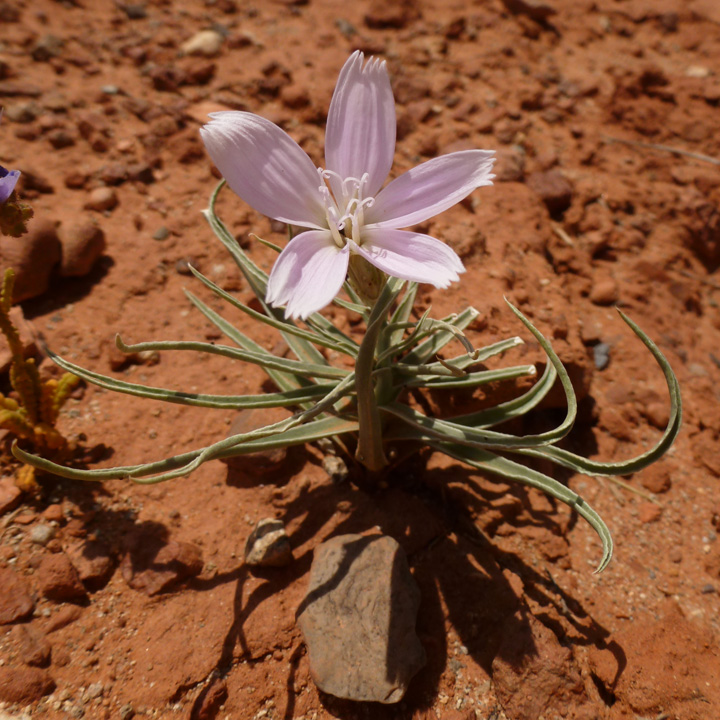|
Family: Asteraceae |
Perennials, 5-80 cm; rhizomatous or taprooted (roots vertical, rhizomes spreading). Stems 1-5+, (green to gray-green, rushlike, ± striate), simple to or much branched proximally and/or distally, usually glabrous, rarely tomentulose. Leaves basal (sometimes in rosettes) and cauline; sessile; blades linear to subulate, sometimes reduced to scales, margins entire or sparingly pinnately laciniately lobed (faces usually glabrous, rarely tomentulose). Heads borne singly or in loose, corymbiform arrays. Peduncles not inflated distally, bracteate. Calyculi of 8-16, ovate to subulate or scalelike bracteoles in 1-2 series, unequal, margins scarious to erose-ciliate, faces glabrous or tomentulose, sometimes roughened. Involucres cylindric, 5-8 mm diam. (apices truncate, narrow or spreading). Phyllaries 5-12 in ± 1 series, grayish green, ± linear, equal, margins scarious, faces glabrous or puberulent, sometimes roughened . Receptacles flat, sometimes pitted, sometimes scabrous, epaleate. Florets 5-12; corollas usually pink to lavender or purple, rarely white. Cypselae pale green to tan, subcylindric, straight or arcuate, subterete or longitudinally angled or sulcate, apices sometimes narrowed, not beaked, faces smooth or rugose-roughened, glabrous; pappi persistent, of 60-80, tawny or white, ± connate, smooth bristles in 1-2+ series. x = 9. Lygodesmia is easily recognized by the green, rushlike stems, narrow and often greatly reduced leaves, and terminal heads of showy, rosy, ligulate florets. It has been consideredcongeneric with Stephanomeria, Prenanthella, and Shinnersoseris; A. S. Tomb (1980) concluded that those taxa are not closely related. The annual species with plumose pappus bristles that formerly were included in Lygodesmia have been removed to those genera.
Fls all ligulate and perfect, 5-12, pink or purple, rarely white; invol cylindric, with 4-10 principal bracts and a few much reduced outer ones; achenes glabrous or scabrous, slender, columnar to fusiform; pappus of numerous capillary bristles; ±rush-like herbs with milky juice and alternate (or the lower opposite), narrow, mostly linear or subulate lvs; heads erect, terminating the branches, or sometimes in a racemiform infl. 10, N. Amer. Gleason, Henry A. & Cronquist, Arthur J. 1991. Manual of vascular plants of northeastern United States and adjacent Canada. lxxv + 910 pp. ©The New York Botanical Garden. All rights reserved. Used by permission. |


